
Fig. 1. Experimental setup of ultrasonic generation by the ZGP-OPO.

Fig. 2. The output powers of Ho:YAG laser in Q-switched modes.

Fig. 3. The dependence of pulse width on the incident pump power. Inset: the spectrum of the Ho:YAG laser.
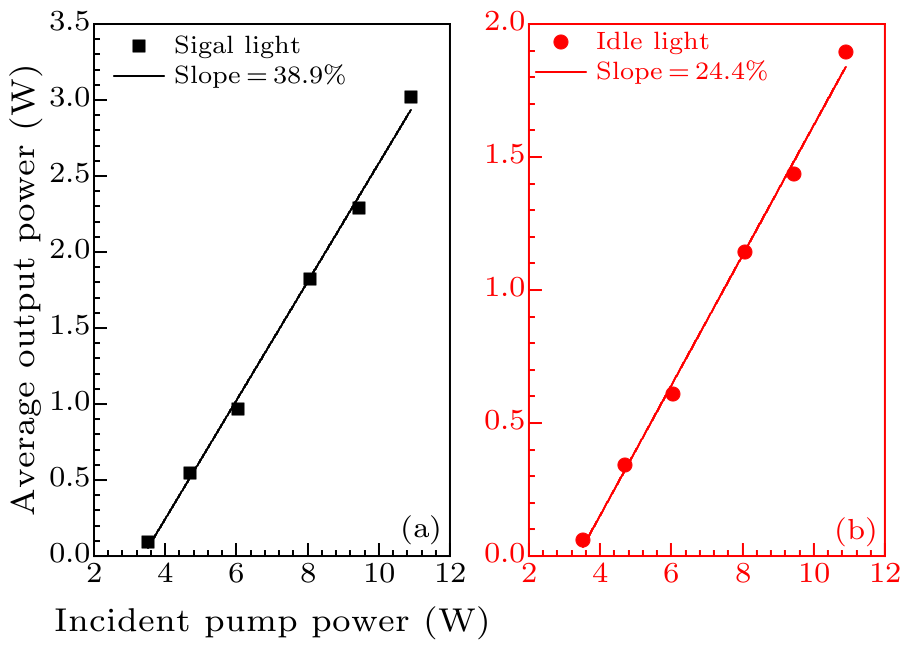
Fig. 4. The output performances of ZGP-OPO: (a) the signal light and (b) the idle light.
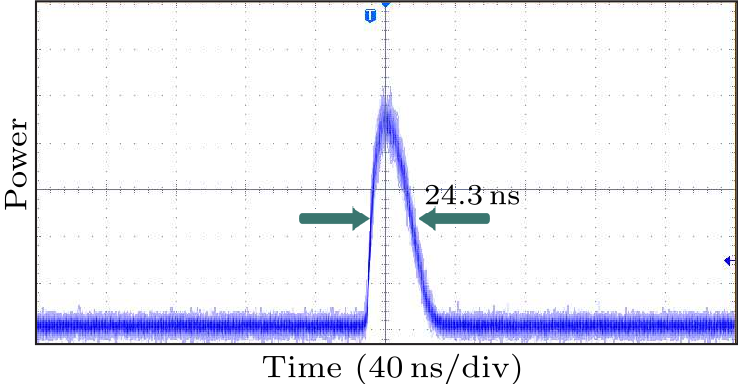
Fig. 5. The maximum pulse profile of the ZGP-OPO.
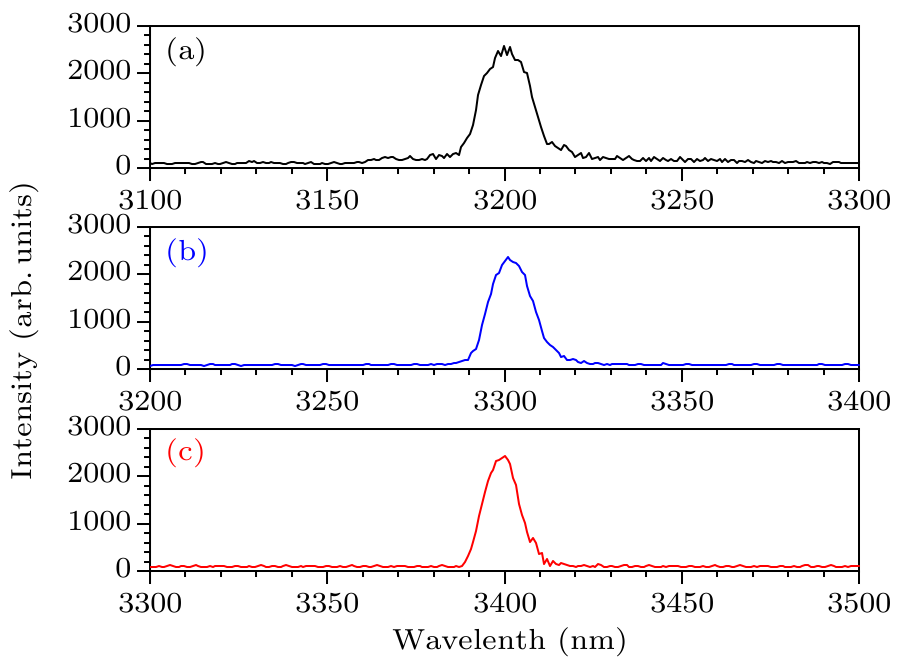
Fig. 6. The spectra of ZGP-OPO at different signal wavelengths: (a) 3.2 µm, (b) 3.3 µm and (c) 3.4 µm.

Fig. 7. The time profile of ultrasonic signal at different frequencies: (a) 2.5 MHz and (b) 5 MHz.
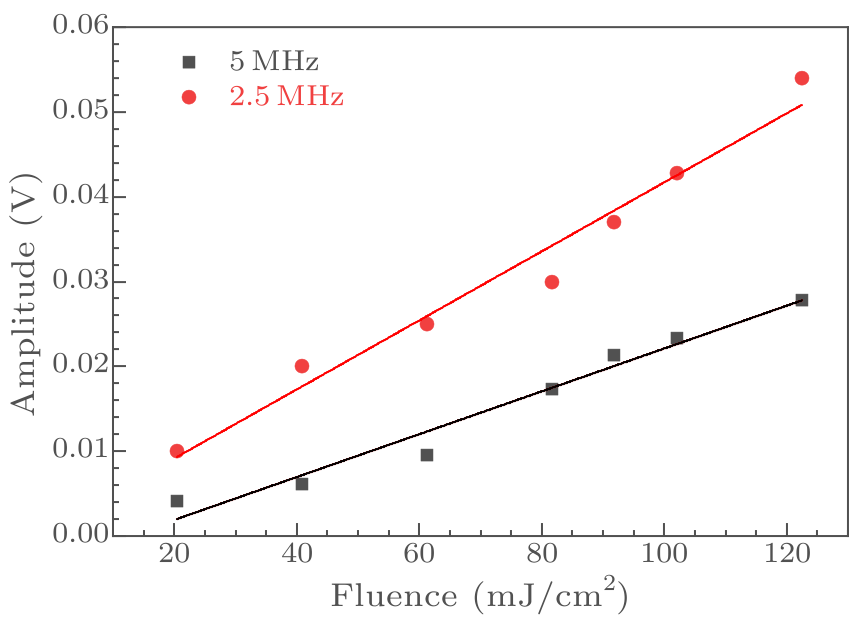
Fig. 8. The amplitude of ultrasonic signal versus laser fluence at different frequencies.
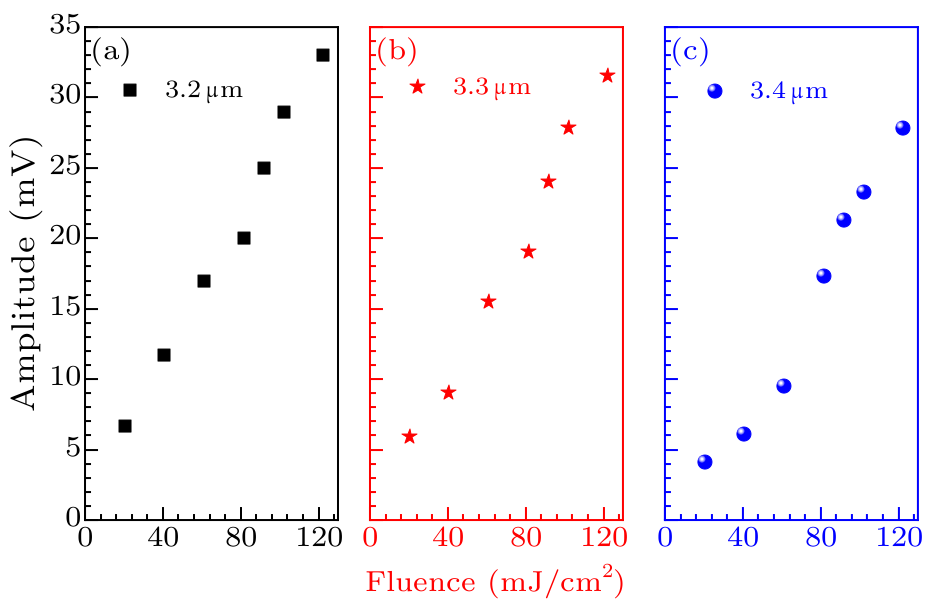
Fig. 9. The amplitude of ultrasonic signal (5 MHz) versus laser fluence at different wavelengths: (a) 3.2 µm, (b) 3.3 µm, and (c) 3.4 µm.
| [1] | Koch G J, Barnes B W, Petros M et al 2004 Appl. Opt. 43 5092 | Coherent differential absorption lidar measurements of CO_2
| [2] | Mingareev I, Weirauch F, Olowinsky A et al 2012 Opt. Laser Technol. 44 2095 | Welding of polymers using a 2μm thulium fiber laser
| [3] | Singh U N, Walsh B M, Yu J et al 2015 Opt. Mater. Express 5 827 | Twenty years of Tm:Ho:YLF and LuLiF laser development for global wind and carbon dioxide active remote sensing
| [4] | Edwards C, Taylor G S and Palmer S B 1989 J. Phys. D 22 1266 | Ultrasonic generation with a pulsed TEA CO 2 laser
| [5] | Wagner J W, Deaton W B and Spicer J B 1988 Appl. Opt. 27 4696 | Generation of ultrasound by repetitively Q-switching a pulsed Nd:YAG laser
| [6] | Silva M Z, Gouyon R and Lepoutre F 2003 Ultrasonics 41 301 | Hidden corrosion detection in aircraft aluminum structures using laser ultrasonics and wavelet transform signal analysis
| [7] | Matsumoto T, Nose T, Nagata Y et al 2004 J. Am. Ceram. Soc. 84 1521 | Temperature Dependence of Young's Modulus and Internal Friction in Alumina, Silicon Nitride, and Partially Stabilized Zirconia Ceramics
| [8] | Dixon S, Edwards C, Palmer S B et al 1996 J. Phys. D 29 1345 | Ultrasound generation in single-crystal silicon using a pulsed Nd:YAG laser
| [9] | Dubois M, Drake T E et al 2011 Nondestr. Test. Eval. 26 213 | Evolution of industrial laser-ultrasonic systems for the inspection of composites
| [10] | Wright W W 1991 Mater. & Des. 12 222 | Polymers in aerospace applications
| [11] | Soutis C 2005 Mater. Sci. & Eng. A 412 171 | Carbon fiber reinforced plastics in aircraft construction
| [12] | Pantelakis S, Christos K, Bernd M 2011 J. Poly. Eng. 31 159 | A study on the potential of NCF thermoplastic composites for use in aeronautic structural applications
| [13] | Tomohiro Y, Yutaka l, Shin I et al 2007 Compos. Part A 38 2121 | Mechanical properties of CFRP laminates manufactured from unidirectional prepregs using CSCNT-dispersed epoxy
| [14] | Michael R K 2012 Polym. Rev. 52 229 | Polymer Matrix Composites: A Perspective for a Special Issue of Polymer Reviews
| [15] | Shekar R I, Kotresh T M, Krishna A S et al 2009 J. Appl. Polym. Sci. 112 2497 | Properties of high modulus PEEK yarns for aerospace applications
| [16] | Spiros P, Christos K and Bernd M 2011 J. Polym. Eng. 31 159 |
| [17] | Dubois M, Lorraine P W, Venchiarutti B et al 2000 AIP Conf. Proc. 509 287 | Optimization of temporal profile and optical penetration depth for laser-generation of ultrasound in polymer-matrix composites
| [18] | Dubois M, Lorraine P W et al 2002 Ultrasonics 40 809 | Experimental verification of the effects of optical wavelength on the amplitude of laser generated ultrasound in polymer-matrix composites
| [19] | Dubois M, Lorraine P W, Filkins R J et al 2001 Appl. Phys. Lett. 79 1813 | Experimental comparison between optical spectroscopy and laser-ultrasound generation in polymer-matrix composites
| [20] | Mahnke P, Peuser P and Huke P 2014 Appl. Phys. B 116 333 | Nd:YAG laser/KTiOAsO4 (KTA) OPO system for laser ultrasound measurements on carbon-fiber-reinforced composite materials
| [21] | David A F, Brent K H et al 2010 J. Mater. Sci. 14 3768 |